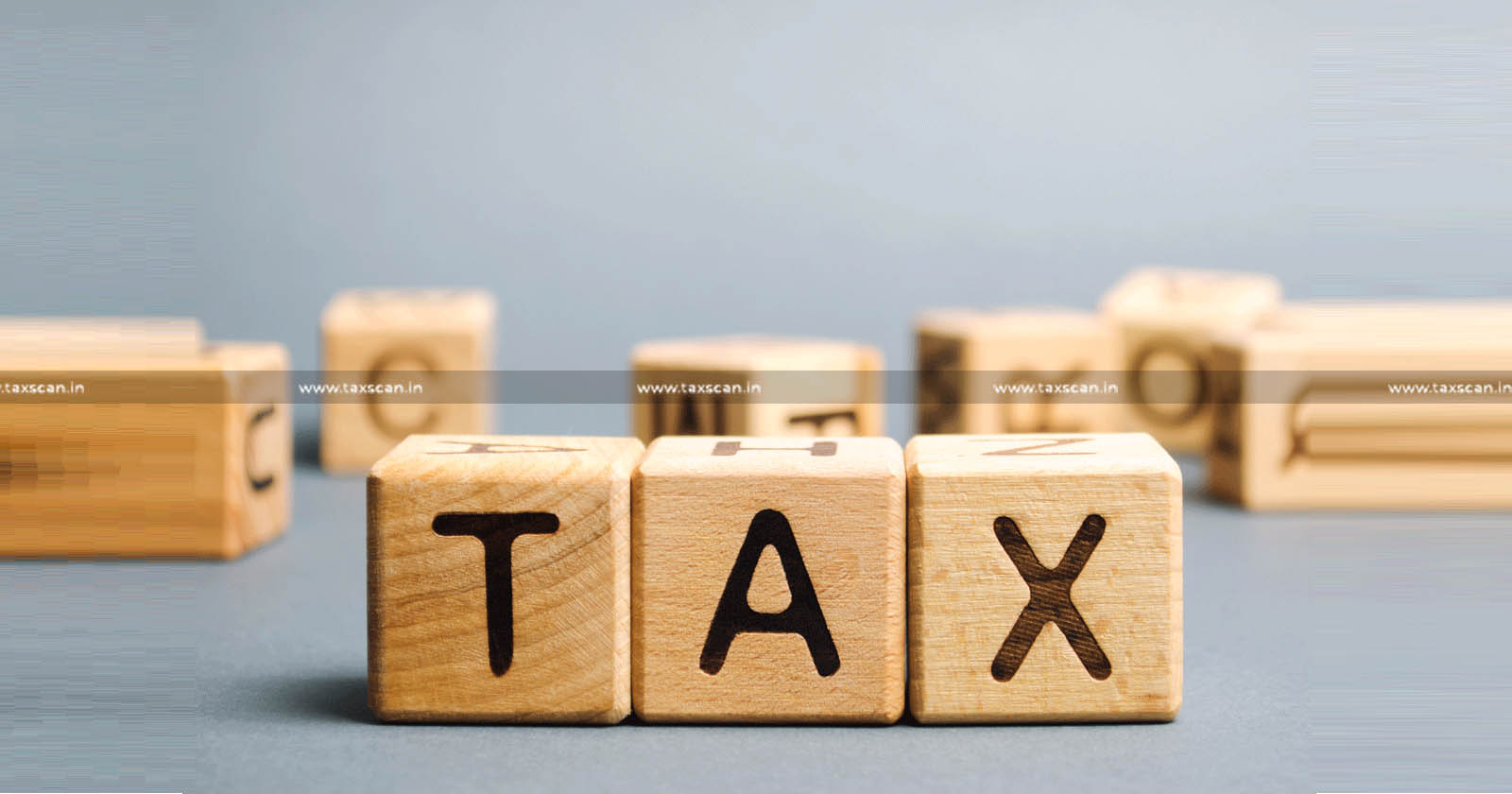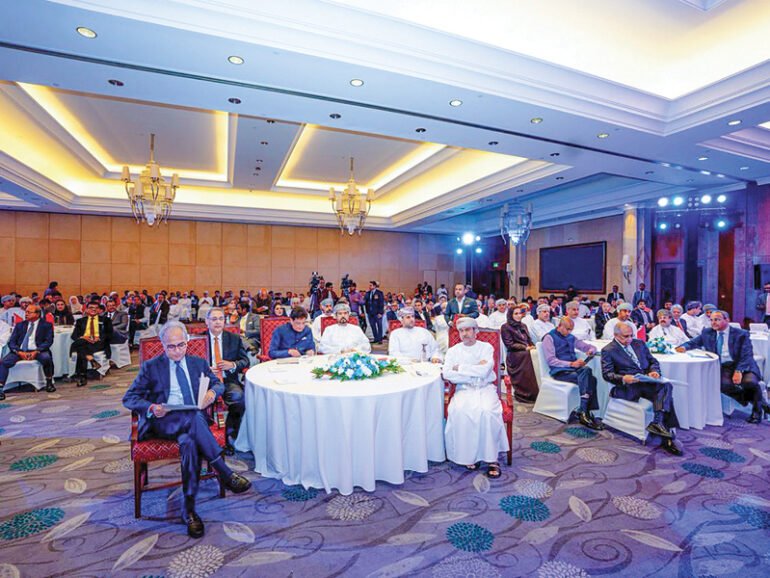The surge in applicants has outpaced available spots, leading to a tightening of eligibility criteria and an increase in qualifying scores
In recent years, the pathway to Canadian permanent residency has undergone notable shifts, presenting new challenges for aspiring immigrants despite the country welcoming a historic high of 500,000 permanent residents annually. The surge in applicants has outpaced available spots, leading to a tightening of eligibility criteria and an increase in qualifying scores.
One significant trend shaping this landscape is the growing influx of international students, many of whom aspire to transition to permanent residency status. However, the gap between demand for permanent residency and available spots has created fierce competition, leaving many applicants ineligible.
Faced with these challenges, students are adapting their strategies to enhance their chances of securing permanent residency. A notable approach involves leveraging the Canadian government’s emphasis on Francophone immigration by learning French. While this presents a promising opportunity, achieving the required fluency in French poses significant challenges, particularly for students already grappling with English proficiency.
Despite the hurdles, many students are investing in Alliance Français courses, recognizing the potential benefits of bilingualism in their quest for permanent residency. However, these courses come with a substantial financial burden, typically requiring 45 weeks of study and costing up to $7400 to reach desired fluency levels. In response, some are exploring more cost-effective alternatives, including private tutoring and online resources such as YouTube and Facebook channels offering to learn French.
As Canada navigates these evolving dynamics, aspiring immigrants face a complex and competitive landscape. Adaptability and strategic planning are becoming increasingly crucial for individuals seeking to secure permanent residency in the country
In parallel, Canadian authorities are implementing measures to manage temporary migration, including international students. Immigration Minister Marc Miller recently emphasized the importance of “sustainable” growth in temporary residents, signaling a shift in policy priorities. Currently, Canada hosts 2.5 million temporary residents, comprising 6.2% of the population, a figure the government aims to reduce to 5% over the next three years.
Addressing concerns about the misuse of the Labor Market Impact Assessment (LMIA), Employment Minister Randy Boissonnault announced changes to its validity period, reducing it from 12 to six months. The LMIA serves to validate the need for foreign workers in roles where Canadian expertise is lacking but has faced criticism for its susceptibility to abuse.
Boissonnault emphasized the importance of ensuring the integrity of the temporary foreign worker program by aligning it with up-to-date labor market information. By shortening the validity period, the government aims to mitigate potential discrepancies between labor market demand and the availability of Canadian workers.
As Canada navigates these evolving dynamics, aspiring immigrants face a complex and competitive landscape. Adaptability and strategic planning are becoming increasingly crucial for individuals seeking to secure permanent residency in the country.
***********************************************************************
Readers











